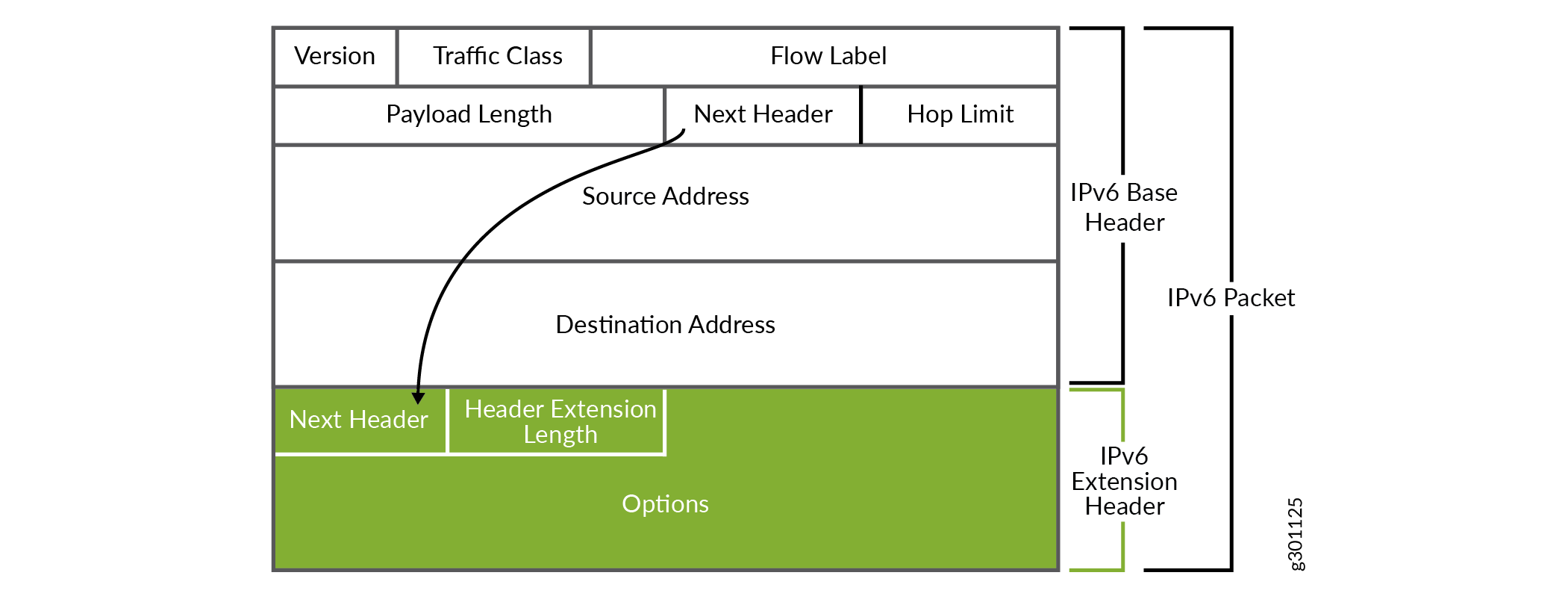

Global: all packets will be forwarded to a single endpointĭirect: directly forward the packets to the Internet This is only applicable when allow-lan is trueġ92.168.122.11: bind a single IPv4 address Set to true to allow connections to the local-end server from HTTP(S) and SOCKS4(A)/SOCKS5 server on the same portĪuthentication of local SOCKS5/HTTP(S) server Transparent proxy server port for Linux (TProxy TCP and TProxy UDP) Transparent proxy server port for Linux and macOS (Redirect TCP and TProxy UDP) Port of SOCKS5 proxy server on the local end Port of HTTP(S) proxy server on the local end When a request, or say packet, comes in, Clash routes the packet to different remote servers (“nodes”) with either VMess, Shadowsocks, Snell, Trojan, SOCKS5 or HTTP protocol. In this chapter, we’ll cover the common features of Clash and how they should be used and configured.Ĭlash works by opening HTTP, SOCKS5, or the transparent proxy server on the local end. YAML is designed to be easy to be read, be written, and be interpreted by computers, and is commonly used for exact configuration files. You can now move forward to the next chapters of this wiki in which we’ll cover the configuration syntax of Clash.Ĭlash uses YAML, YAML Ain’t Markup Language, for configuration files.
#CLASHX IPV6 INSTALL#
$ go install binary is built under $GOPATH/bin You can either grab the pre-built binaries of Clash from or build locally.Ĭlash requires Golang 1.17 or a higher version.
#CLASHX IPV6 LICENSE#
License Ĭlash is released under the GPL-3.0 open-source license.

*: Only available in the free-of-charge Premium edition.
#CLASHX IPV6 UPDATE#
RESTful API: update configuration in-place via a comprehensive API.Remote Providers: load remote proxy lists dynamically.Proxy Groups: automatic fallback, load balancing or latency testing.Transparent Proxy: Redirect TCP and TProxy TCP/UDP with automatic route table/rule management*.Fake-IP DNS: minimises impact on DNS pollution and improves network performance.Rule-based Routing: dynamic scripting, domain, IP addresses, process name and more*.Outbound: Shadowsocks(R), VMess, Trojan, Snell, SOCKS5, HTTP(S), Wireguard*.Inbound: HTTP, HTTPS, SOCKS5 server, TUN device*.Those might want to consider using a GUI client instead, and we do have some recommendations: While this wiki covers both, however, the use of Clash could be challenging for the average users. Clash Premium: proprietary core with TUN support and more (free of charge).Clash: the open-source version released at /Dreamacro/clash.There are currently two editions of Clash: Either way, Clash can be used by anyone who wants to improve their Internet experience. It has been adopted widely by the Internet users in some countries and regions where the Internet is heavily censored or blocked. Welcome to the official knowledge base of the Clash core project ("Clash").Ĭlash is a cross-platform rule-based proxy utility that runs on the network and application layer, supporting various proxy and anti-censorship protocols out-of-the-box.


 0 kommentar(er)
0 kommentar(er)
